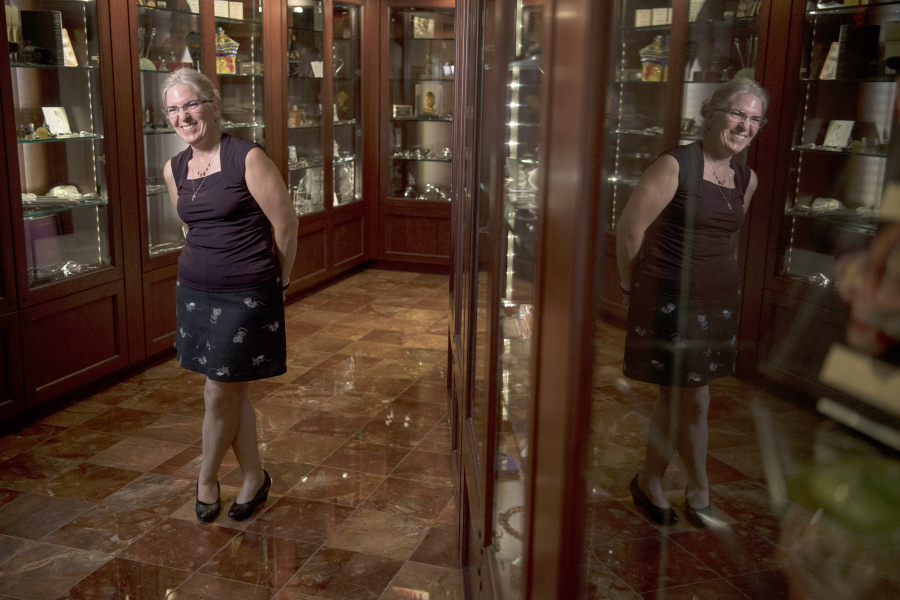WASHINGTON — ‘What are those?” I asked, pointing to an instrument that appeared to be a fork and a spoon joined with handles. “Those are salad tongs,” deadpanned Mary Hyde, my guide through the American College of Obstetricians and Gynecologists museum. I looked at her quizzically. “Just kidding,” she said. “That’s a lifter. For a uterus.”
The lifter, also called a uterine elevating forceps, is one of a variety of instruments used when removing tissue, tumors or polyps.
Nestled in the basement of ACOG’s Washington, D.C., headquarters, where Hyde is senior director of the resource center, the museum opened in 2008. Its collection of about 4,500 objects takes you on a journey through the history of the medical treatment of women.
There are pills and potions, including an herbal elixir from the 1940s meant to help with “female nerves” and “the change of life.” There’s a 19th-century wishbone-like object that’s a precursor to the modern intrauterine contraceptive device. It resembles a giant screw with two prongs on the end. While it was effective at preventing pregnancy, it was painful and caused infection. There’s a modern copper one, too, that’s effective for 10 years, as well as a host of other forms of birth control such as diaphragms, the Today sponge and birth control pills.



